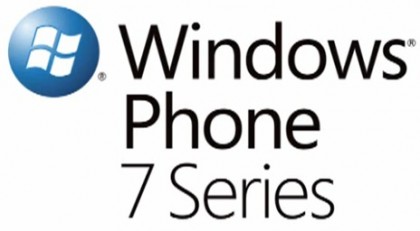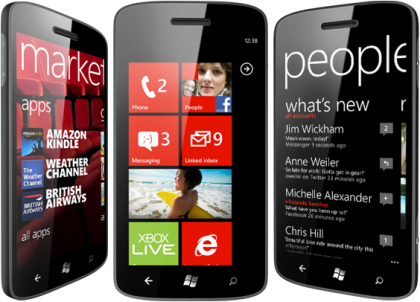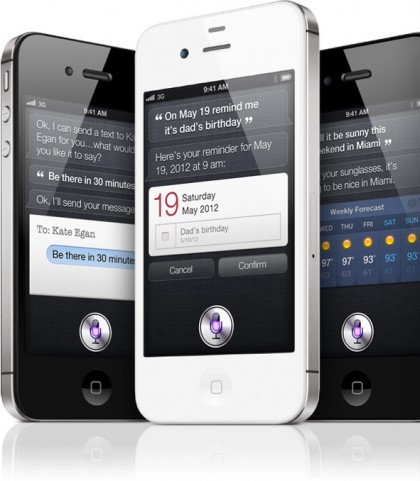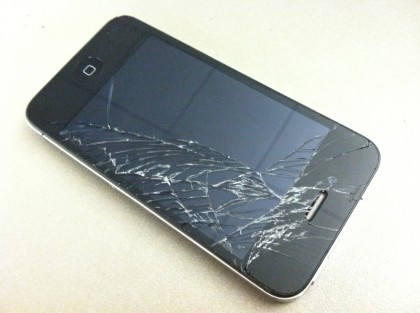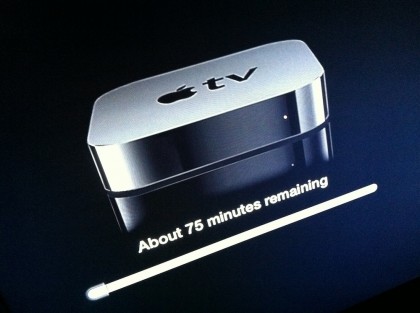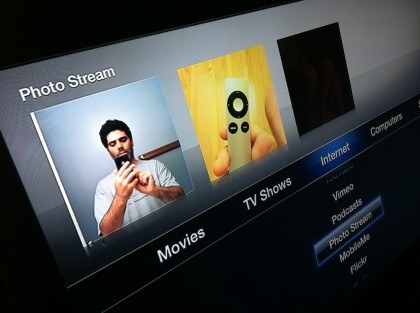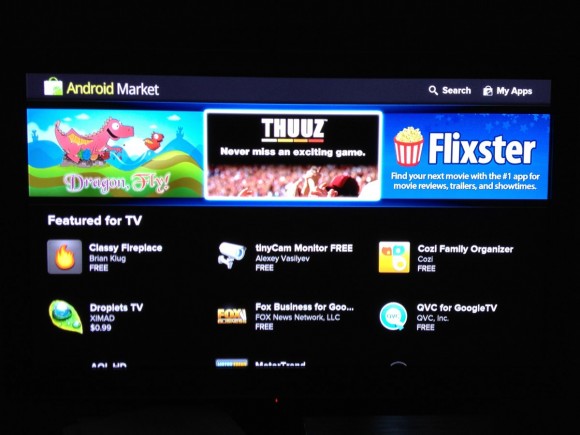
After reading my Google TV 2.0 lament, our friend Scott Greczkowski of Satellite Guys wanted us to share action shots of the upcoming lean back experience.
The original Google TV initiative, comprised of Sony and Logitech hardware, wasn’t exactly well received in the marketplace. In fact, disastrous sales led Logitech to knock $200 off their set-top box… about the same time they sacked the CEO. So to improve upon the experience, Google is modernizing the interface and bringing the familiar Android Market of Honeycomb to the table – with both Google and Logitech indicating release is mere weeks away. And I expect we’ll see both software updates made available for existing devices plus a variety of new hardware vessels. Which one hopes is more in line with Roku and Apple TV pricing this time around.
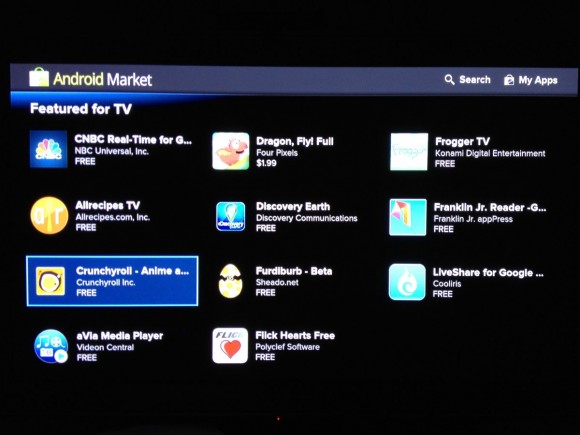
As we were previously exposed to many elements of the new Honeycomb 3.1 UI last last spring, I wanted to highlight Scott’s Google TV 2.0 app store experience. And my first “Android Market” observation is the thought that perhaps Google should have gone with “Android TV” given the underpinnings of Google TV and their success in the smartphone arena. That ship has sailed, so I’m left wondering why the Android Market is branded as such when Google TV Market would work just as well. Beyond labels, the app store mimics the mobile experience. Browse, download, and rate apps with users being alerted as to the data the app can access. Thanks to reader Khalid, we can even currently browse the small but growing selection of Google TV 2.0 apps via desktop web browser ahead of launch. Based on the screengrabs and marketplace browsing, I suspect some early favorites might be Pandora, Twitter, and the WSJ.
 Just a few short days after
Just a few short days after 